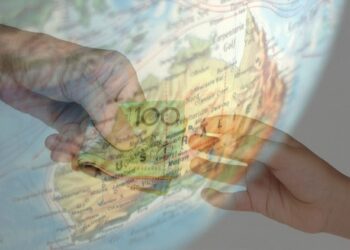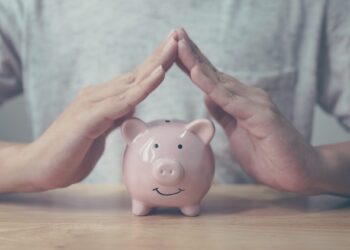A historical relationship exists between the price of gold bullion and the Australian dollar, which many investors did not realise despite the unprecedented levels of gold demand, according to BetaShares.
BetaShares head of investment strategy and distribution, Drew Corbett, said that the rise of the Australian dollar has eliminated much of the benefit of the rising value of gold (which is priced in US dollars) with this strong correlation impacting unhedged gold exposures.
“By analysing the movements in the gold spot price and the AUD/USD exchange rate we have found that, generally speaking, over the last three decades, when the price of gold bullion has risen so too has the Australian dollar relative to the US dollar,” Corbett said.
“Gold is widely regarded as a currency in its own right and thus, during times of US dollar weakness, gold often increases in value as many investors choose to own gold rather than US dollars,” he said.
Similarly, the Australian dollar was also likely to strengthen during times of US dollar weakness, according to Corbett.
“Australia’s role as a major producer of gold and other commodities means the Australian dollar is seen globally as a ‘commodity currency’”.
BetaShares analysis had also found that while spot gold prices surged 74 per cent in the period from December 2008 through to end of May 2011, unhedged spot gold returned only 14 per cent.




